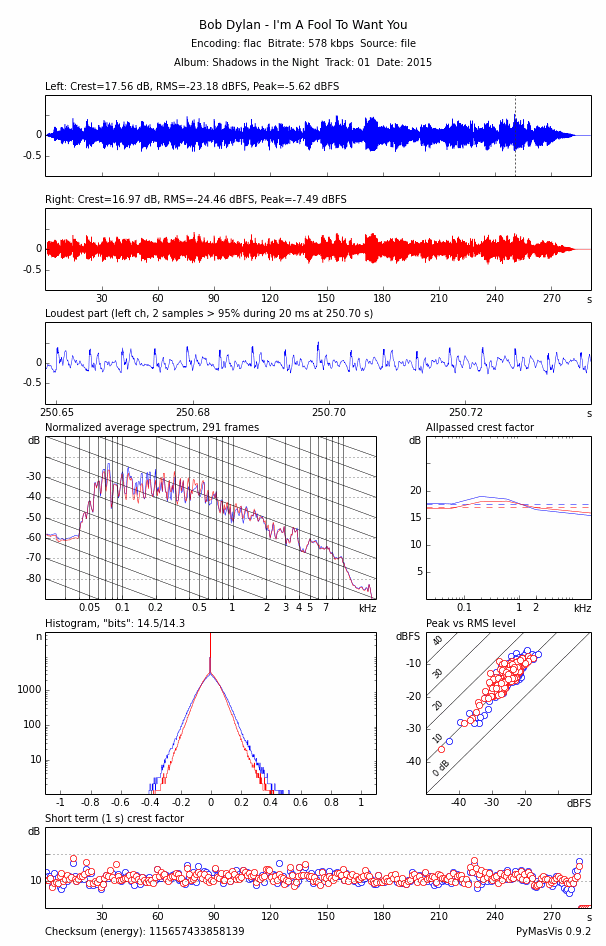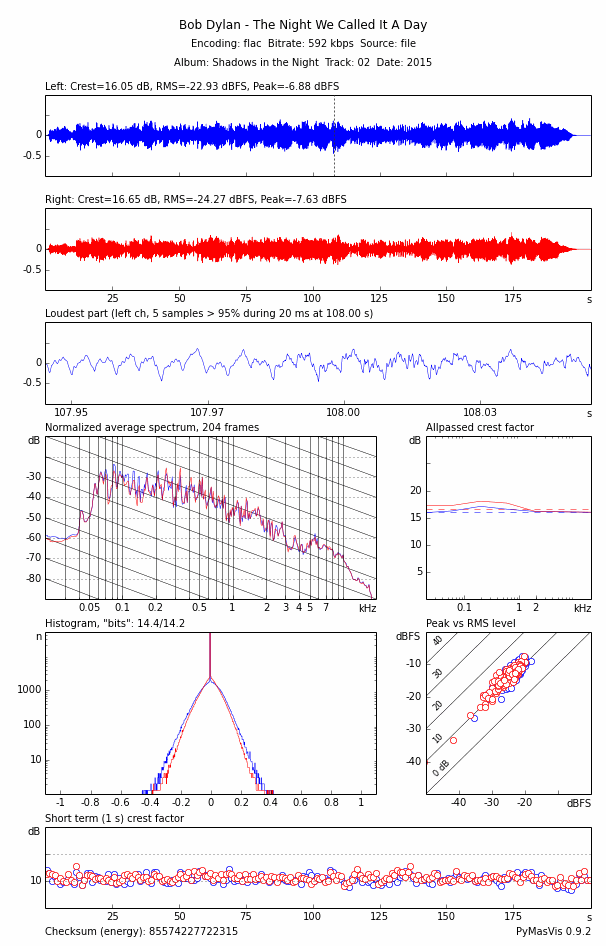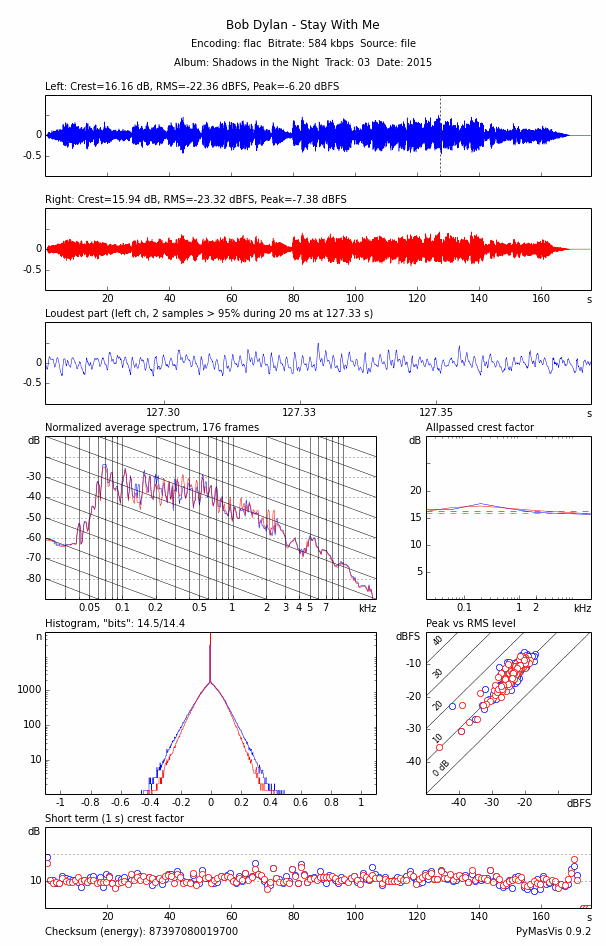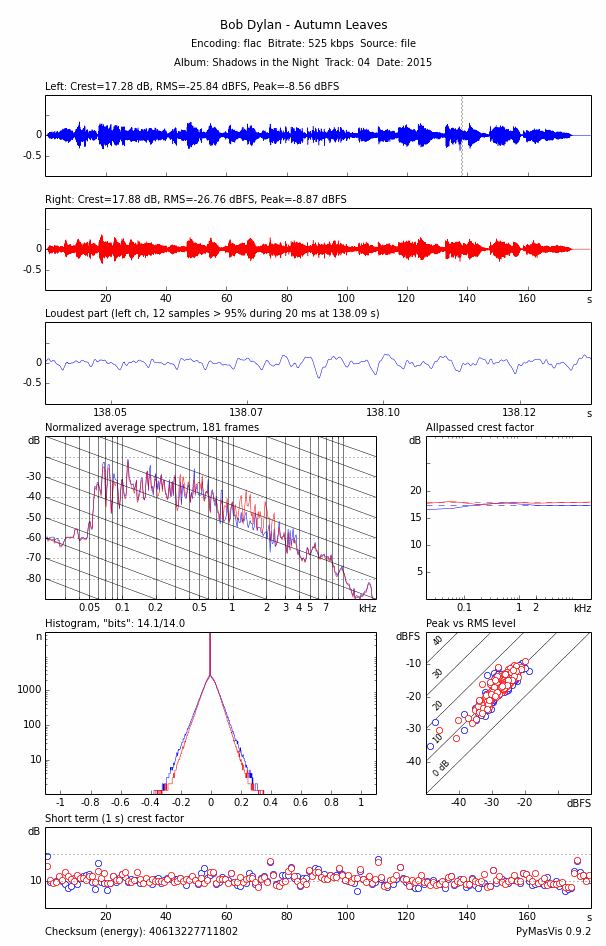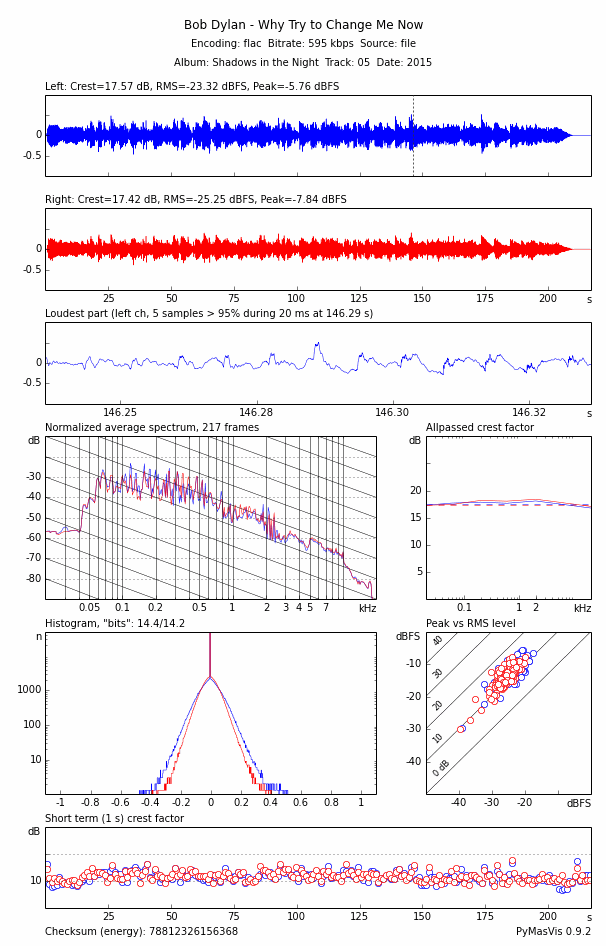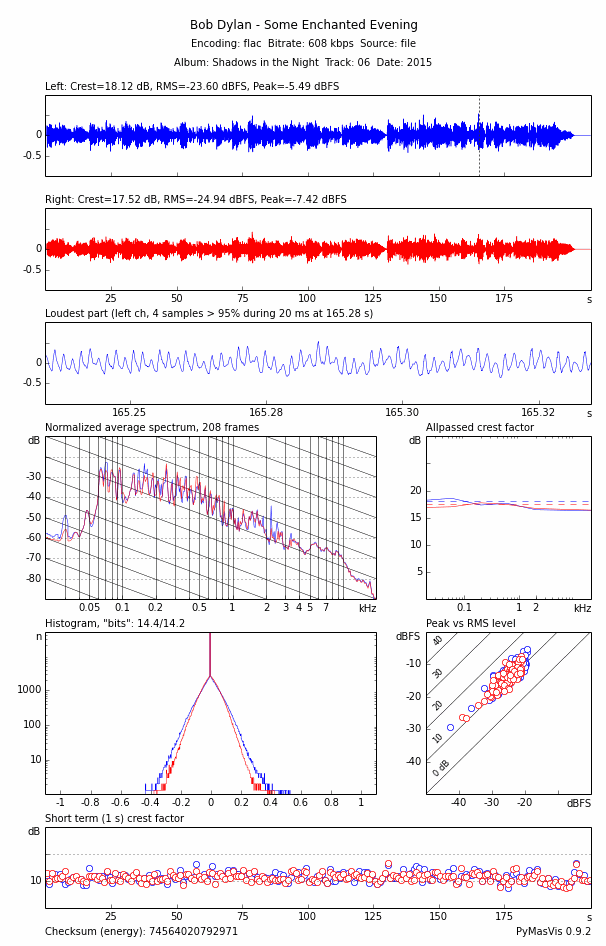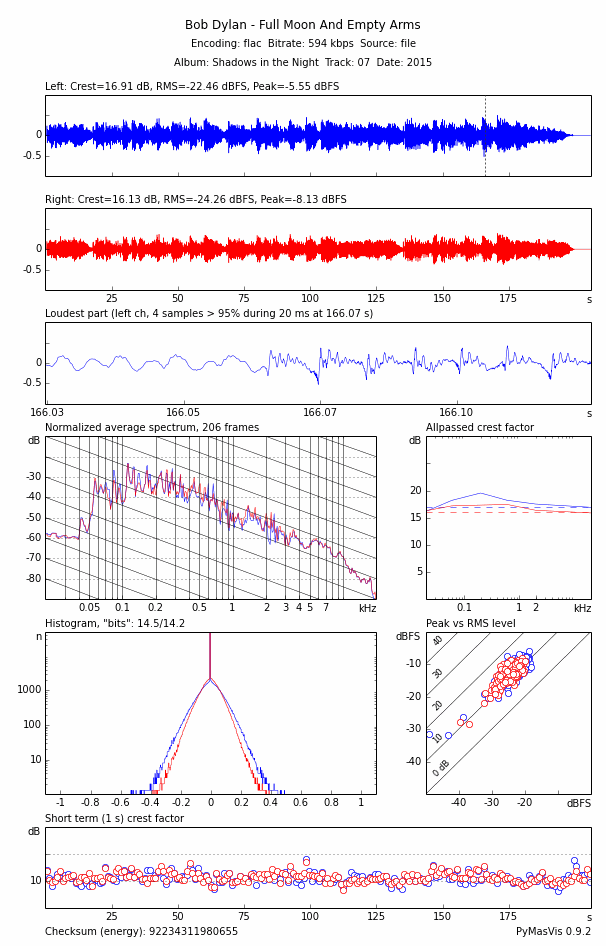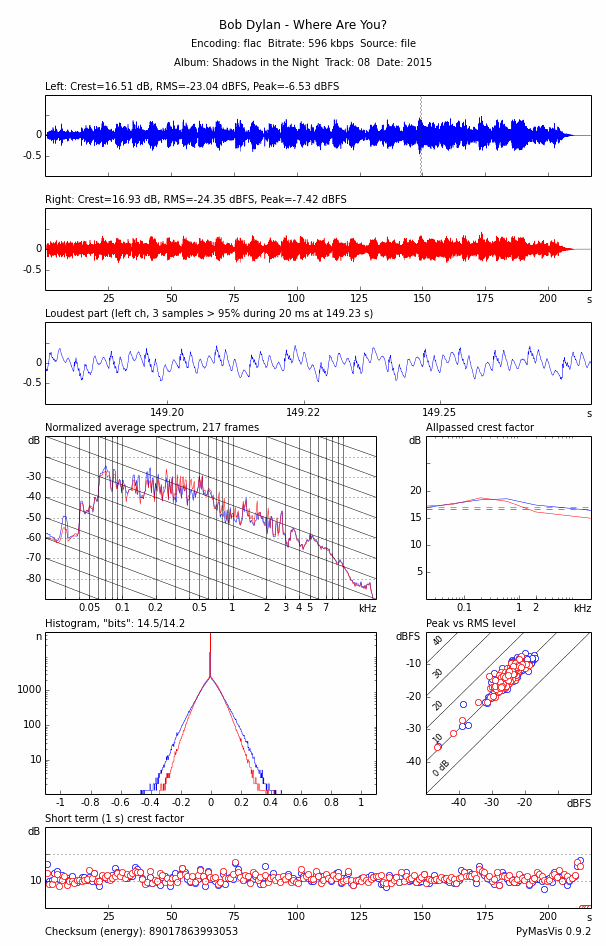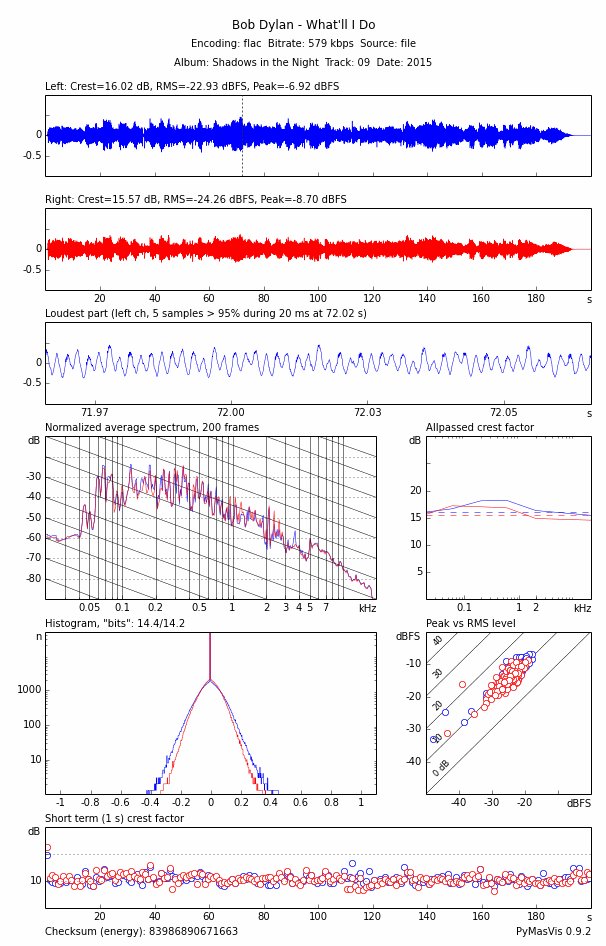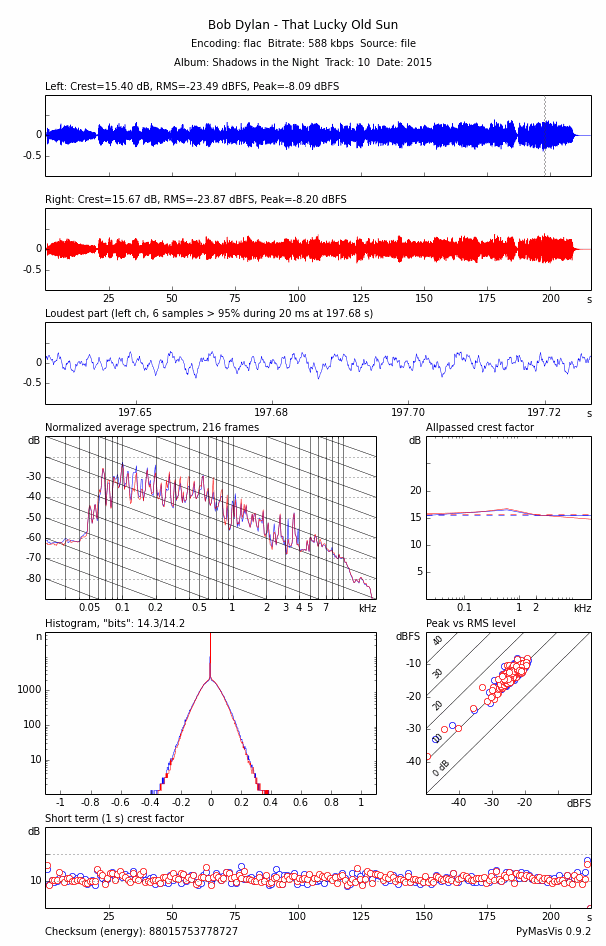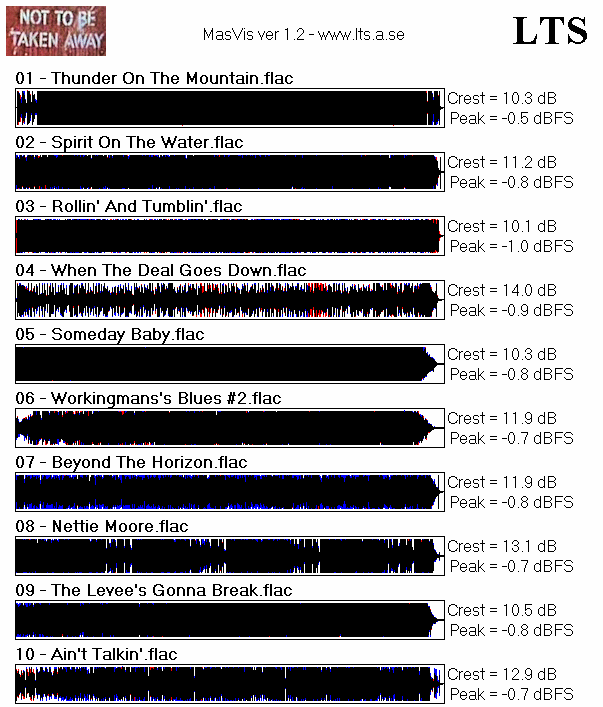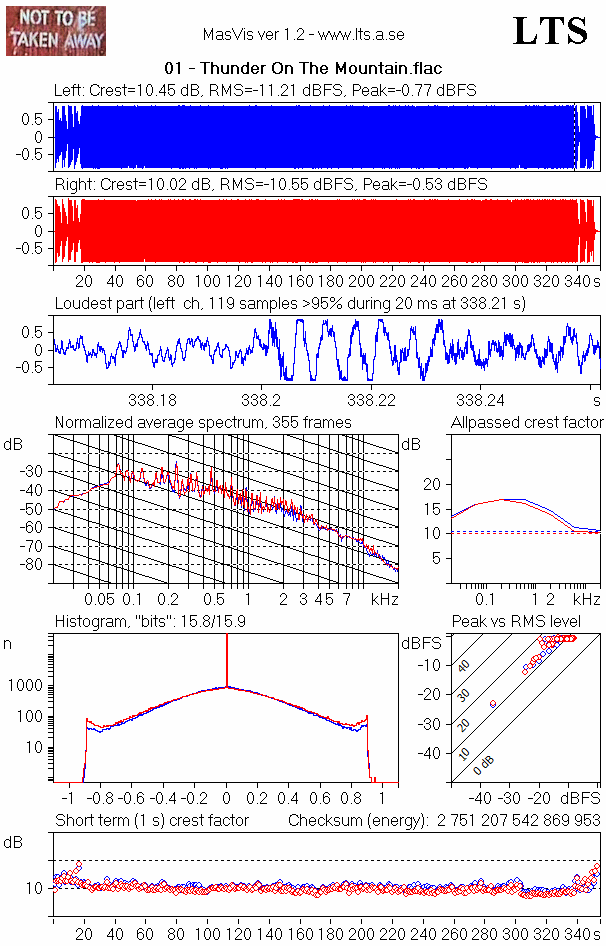Al Schmitt: Recording Bob Dylan's Shadows In The Night
Sound on Sound skrev:Many reviewers also noted the compelling general ambience and “amazing” sound of the album. This stemmed from Dylan and his band being recorded in a straightforward, old–fashioned manner, resulting in a sonic warmth and intimacy that perfectly complements the late–night melancholy of the songs and performances.
[Dylan]: “It was all done live. Maybe one or two takes. No overdubbing. No vocal booths. No headphones. No separate tracking, and, for the most part, mixed as it was recorded. I don’t see myself as covering these songs in any way. They’ve been covered enough. Buried, as a matter a fact. What me and my band are basically doing is uncovering them. Lifting them out of the grave and bringing them into the light of day.”
In practical terms this meant a recording approach that was, by modern standards, almost comically simple: seven microphones going through Capitol’s 56–input Neve 8068 console, a bit of reverb on the electric and pedal steel guitars, reverb and compression on Dylan’s voice, and everything going down live to 24–track and two–track tape. There were no edits, and for three songs, the two–track laid down during recording became the final master. In the other seven cases Schmitt made a few level adjustments to the 24–track balance, but no effects were added. These few modest alterations don’t even warrant the term mixing.
Uniquely, then, this is the first album we’ve featured in a series subtitled ‘Secrets Of The Mix Engineers’ that did not involve any mixing!
Al Schmitt skrev:The loudness wars have made many records unlistenable. Records come on the air with radio compression and the compression that was put on during mixing and mastering, and often just sound terrible, with distortion and so on. Also, sometimes they have so much treble that the sound goes through my ears like a razor blade. I don’t understand it. I belong to an organisation called Turn Me Up! and that’s what we believe in. There’s a volume knob, and if you want it louder, turn it up!
Undras hur tvåkanalsmastringen gjorts - man kan ju hoppas att liknande approach tagits även där. På Dynamic Range Database har den max 12-13, och det är ju en bit ifrån vad en ren mastring borde ha.

